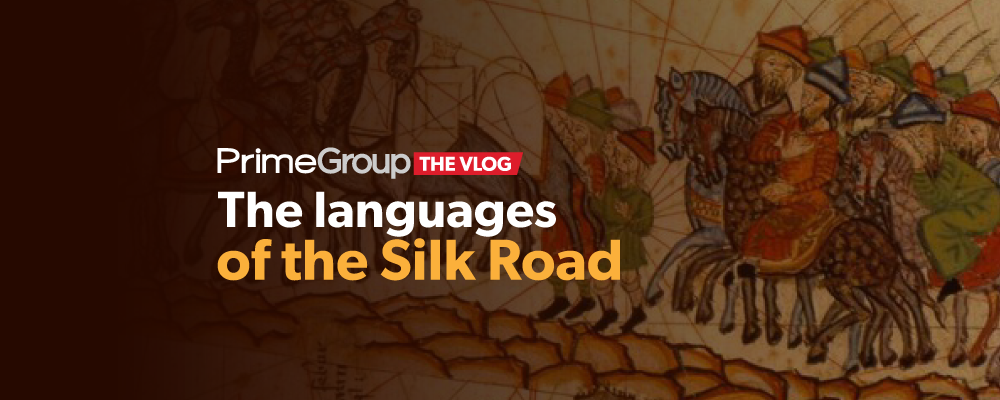Central Asia, a crossroads of civilizations, has witnessed a rich and complex history reflected in the diversity of its languages. This region, of vast steppes and imposing mountains, is a linguistic mosaic where Turkic, Persian, Mongolian language families, and a multitude of minor vernacular languages coexist. Let’s delve into some more detailed and intriguing aspects of this fascinating linguistic landscape.
Turkic Dominance and Mutual Intelligibility
The Turkic language family is predominant in Central Asia, including languages such as Kazakh, Uzbek, Kyrgyz, Turkmen, and Uyghur. Although each of these languages possesses unique characteristics, they share a similar grammatical structure that facilitates mutual intelligibility among their speakers. For example, Kazakh and Kyrgyz, both spoken in nations with vast grasslands and nomadic traditions, display a remarkable lexical and syntactical similarity, allowing speakers of one to understand quite a bit of the other.
Persian and Its Regional Variants
Tajik, official in Tajikistan, is a direct descendant of Classical Persian and is distinguished by its use of the Cyrillic alphabet, a legacy of the Soviet era. This variant of Persian differs from Dari and Farsi, spoken in Afghanistan and Iran respectively, not only in writing but also in certain phonetic and lexical aspects that have evolved under regional and Russian influences. The preservation of Tajik in its current form underscores Tajikistan’s cultural resilience in the face of geopolitical changes.
Languages of the Pamir Mountains: A Linguistic Enigma
The Pamir languages, a group of eastern Iranian languages spoken in the mountainous regions of Gorno-Badakhshan in Tajikistan and parts of Afghanistan, represent a linguistic enigma. These languages, such as Wakhi, Ishkashimi, and Tajik, are characterized by geographic isolation, which has resulted in a remarkable preservation of ancient features that have been lost in more accessible sister languages. Linguistic research in these areas is not only vital to understanding the evolution of Indo-European languages but also to preserving the cultural heritage of their speakers.
Silk Roads: Highways of Linguistic Exchange
The historic Silk Road, which ran through the heart of Central Asia, was not only crucial for trade but also for linguistic and cultural exchange. Cities such as Samarkand and Bukhara became centers where the languages of traders, conquerors, and pilgrims mixed. This exchange left linguistic traces in the region, introducing words and concepts from languages as diverse as Arabic, Sanskrit, and Chinese into the local lexicon.
The Challenge of Language Preservation
With the advance of globalization, many Central Asian languages and dialects face the risk of extinction. UNESCO and other organizations work to document and preserve these languages, many of which have only a few thousand speakers. For example, certain Pamir languages and local dialects experience intense pressure from Tajik, Russian, and other dominant languages, underscoring the need for cultural and linguistic preservation efforts.
Russian in Central Asia
The influence of the Russian language in Central Asia is still considerable, although it has undergone changes since the dissolution of the Soviet Union. During the 20th century, Russian was imposed as the language of administration, education, and interethnic communication in the region.
Russian persists today as a lingua franca in Central Asia, especially in the cities. Russian continues to be widely used in educational institutions and the media. In order to obtain a job, mastery of Russian is crucial, as it facilitates access to job opportunities in Russian companies and in Russia itself. Despite this, there is a tendency for its use to decline, especially among young people and in rural areas. Countries such as Kazakhstan are promoting the use of Latin-based alphabets, moving away from Cyrillic, indicating a step towards the assertion of national linguistic identities independent of Russian.
Modernity and Linguistic Change
In the contemporary era, Central Asian languages continue to evolve. The influence of English, Russian, and Chinese is seen in the adoption of loanwords, especially in technology, science, and popular culture. However, these languages also struggle to retain their structures and vocabularies that reflect their rich heritage of historical interactions, resisting and adapting to globalization.



